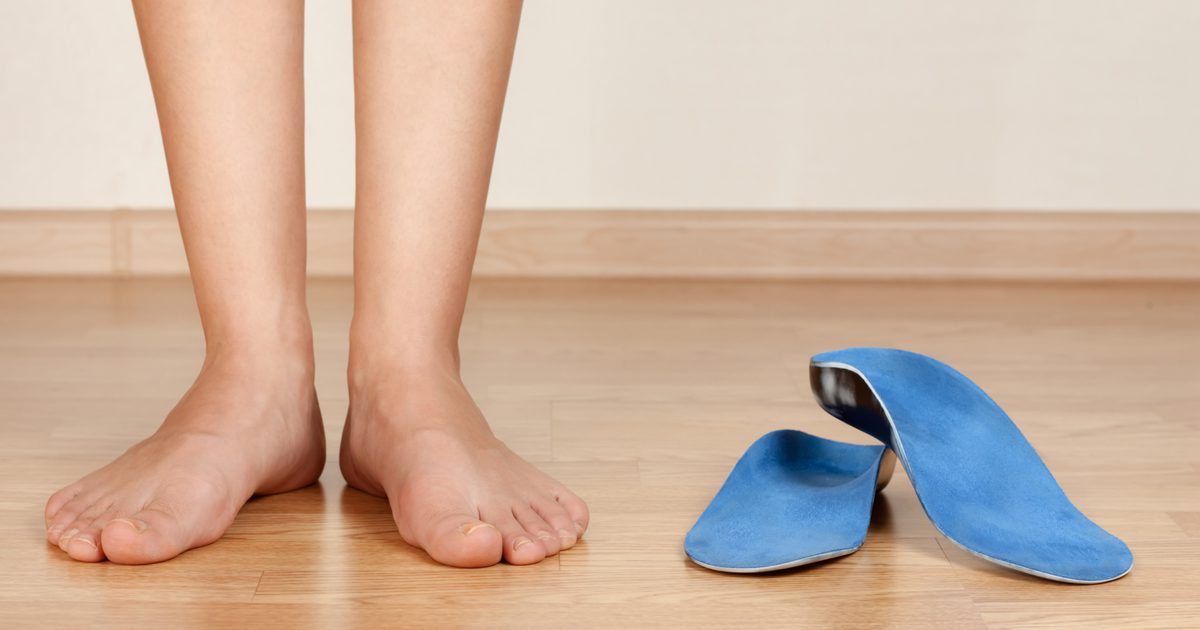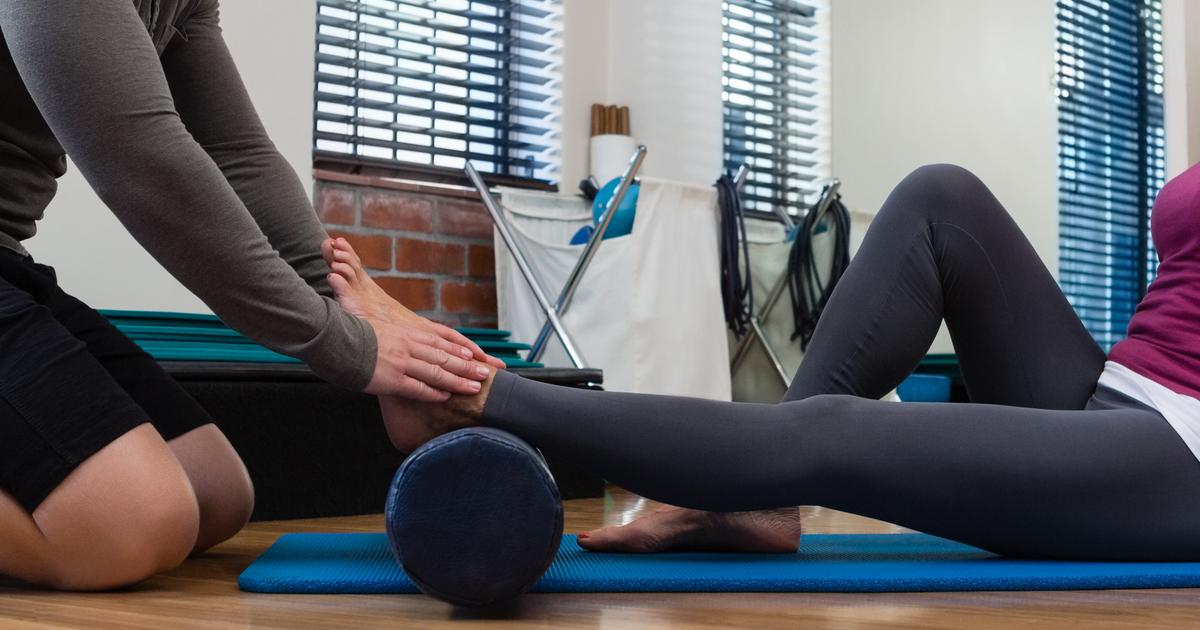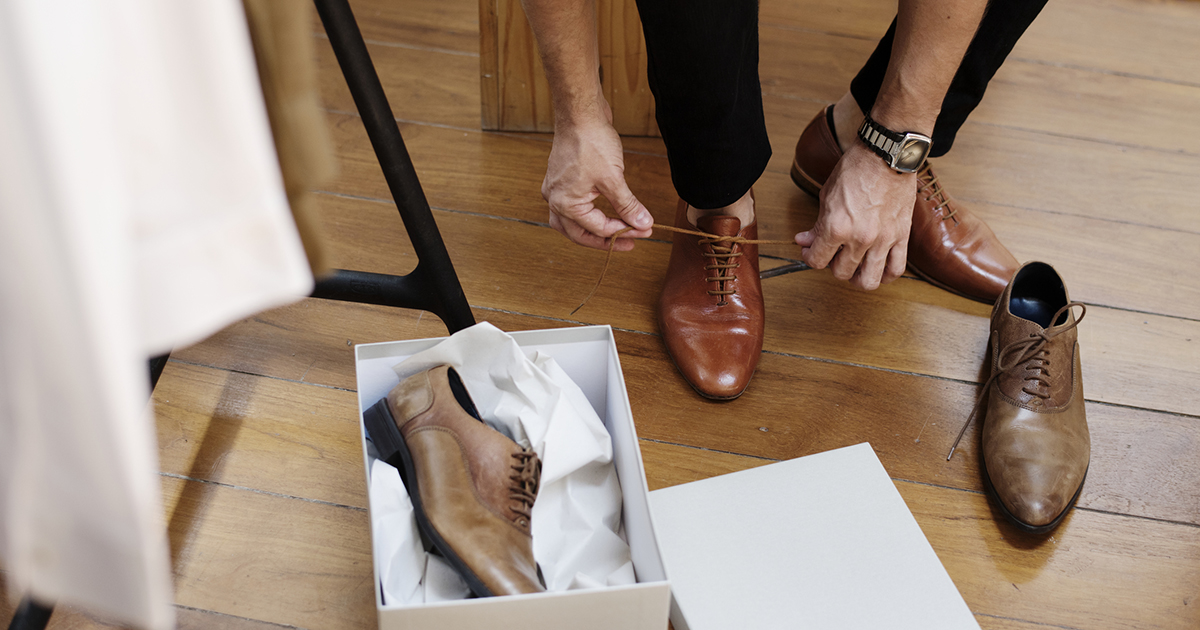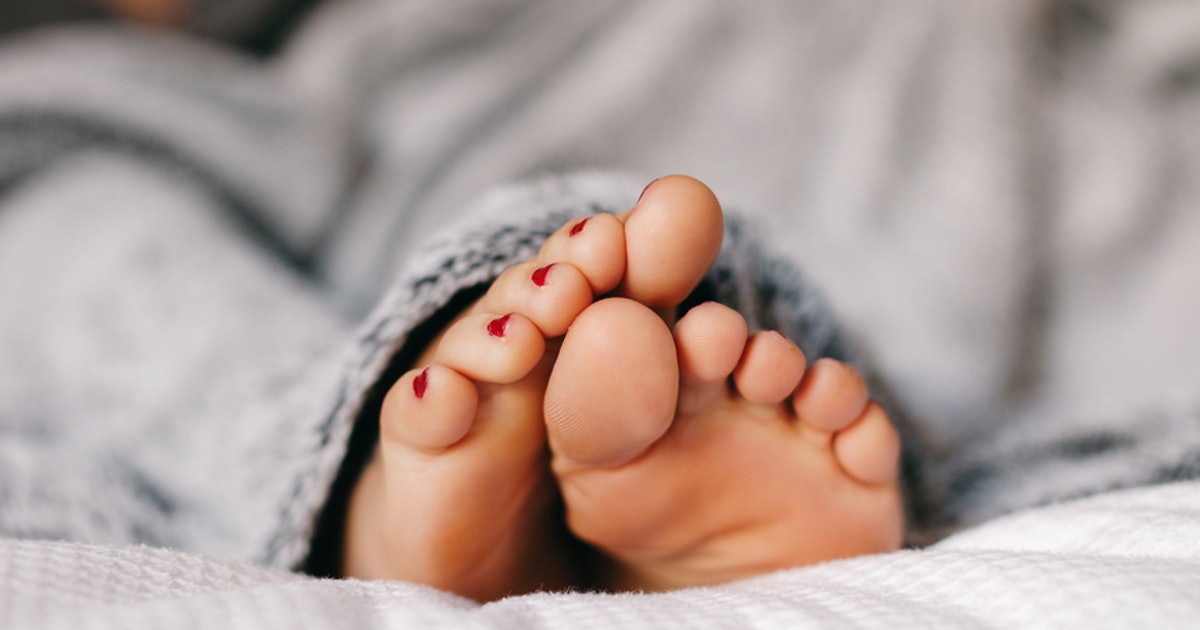Treatment Options For Flat Feet
Some individuals are born without an arch in their feet, which is what is known as flat feet. In some cases, patients never experience any problems because of the flat feet. Others can suffer from foot pain, calf pain, knee pain, hip pain, and lower back pain. This is caused by strain on the muscles, tendons, bones, and ligaments in the feet. Strain means they pull awkwardly on the muscles connected to the feet, which can throw someone's whole body out of alignment, thus causing pain in other areas. Having no arch in the feet causes the body’s weight to be unevenly distributed. Thankfully, there are several ways to help alleviate the symptoms.
Orthotic Inserts

Patients with flat feet can purchase over the counter orthotic inserts in their shoes to help support the flat arches. There is usually a kiosk or display where individuals can step on sensors on the floor, and the computer analyzes where their feet need support. Then, it tells the individual which one of the supports they should buy. These affordable orthotic supports are placed in shoes. Unfortunately, orthotic inserts will not cure flat feet, but they can help make an individual's feet feel better. There are also custom arch supports doctors can recommend and have specialists make. This involves patients having a mold or impression taken of their feet. The impression is then sent to a lab that creates the custom supports. When patients receive the custom orthotic inserts, they would remove the normal padding from the shoes and replace them with the custom orthotic inserts.
Some patients may have the cost of custom orthotic inserts covered by insurance, so they should check with their insurance company to see what the parameters are. Some stipulations patients have for getting orthotics cover include receiving physical therapy first.
Speaking of physical therapy, keep reading to learn about how it can help treat flat feet.
Physical Therapy And Stretching

Many doctors will recommend physical therapy to help ease the pain caused by flat feet. The physical therapist will go through the patient's symptoms, ask about their pain level, and determine what exercises will be best. A physical therapist will help patients do exercises during each session to make sure they are performing them properly. Additionally, the therapist can analyze the way the patient walks or runs, so they get an accurate picture of their problems and needs. The therapist also provides patients with more stretching exercises they can do at home. Listening to the therapist, attending appointments as scheduled, and doing exercises daily can help relieve some of the discomfort. Doing this will help patients keep their muscles stretched, especially the Achilles tendon, which individuals with flat feet sometimes suffer from. Physical therapy and stretching can help with the pain in many different parts of the body that might be caused by flat feet.
Learn more about treating flat feet effectively now.
Wear Supportive Shoes

Patients who suffer from flat feet may need to examine their shoes. Shoes with little support can contribute to the symptoms and pain of flat feet. Therefore, patients with this condition need to search for shoes with proper arch support. This may mean they have to steer clear of sandals or other shoes without sufficient support. Patients with flat feet can wear supportive shoes with the arch support inserts they may have gotten. Supporting the arch takes pressure off the muscles and tendons and lets them relax, thus lessening the pain they may be causing. There are usually special shoes patients can buy from their doctor, though they can also search for shoes, like sneakers, that will provide more support. Supportive shoes will aid patients in their goal of reducing pain and getting on the road to recovery.
Get to know the next treatment for flat feet now.
Pain Relief Medication

If patients have tried other methods to alleviate the pain caused by flat feet and are still in a lot of pain, their doctor may recommend pain medication. However, patients need to make sure they are only taking pain medication according to their doctor's directions. Pain medicine should be used in conjunction with therapy and stretching. Other medications patients can try include anti-inflammatory drugs, which will help calm down the muscles and help them relax.
Furthermore, doctors may suggest getting an injection of corticosteroids or cortisone. This involves the doctor using a needle to inject the medicine directly to the painful area (after numbing the area). These injections may cause a temporary increase in pain initially, but they can help relieve the pain flat feet cause for months. Pain relief medication can be part of the treatment plan doctors develop for their patients with flat feet.
Individuals with flat feet can really benefit from the next treatment on this list. Read more now.
Rest From Aggravating Activities

If patients are experiencing pain because of flat feet, sometimes including rest in their treatment plan is essential. Aggravating activities include walking long distances, running, and other exercises that involve using muscles in the feet. However, patients should continue to follow the other protocols, such as physical therapy and stretching exercises, their doctor has developed for them and their management of flat feet. Since there is no cure for flat feet, patients need to continually exercise and stretch the muscles in their feet if they want to keep the pain at bay. This means they cannot begin treatment for a little while and suddenly stop not too long after their symptoms decrease, thinking they are cured. It is crucial for patients to find a doctor that can guide them properly and help them develop a comprehensive and safe plan for their flat feet.